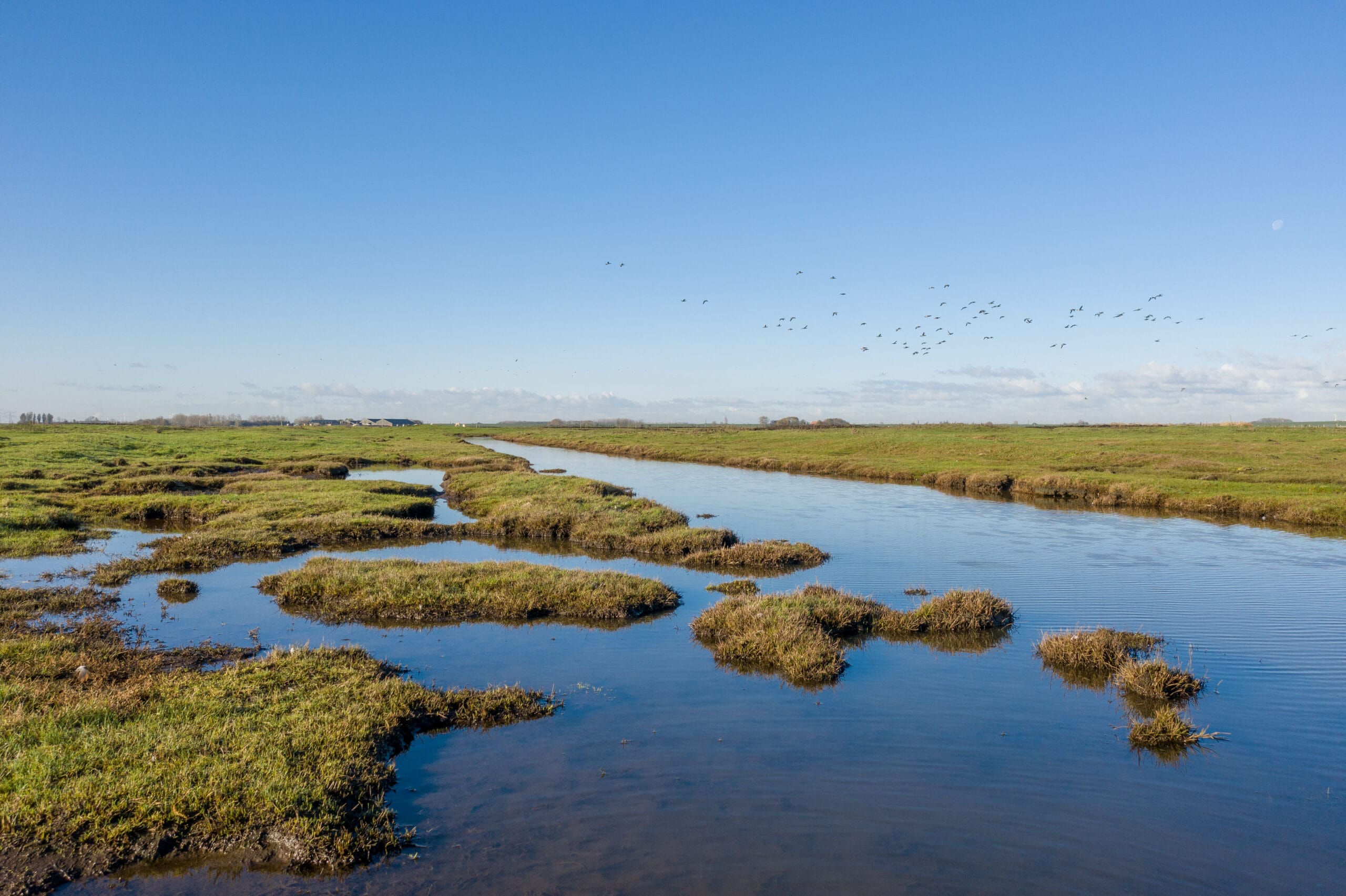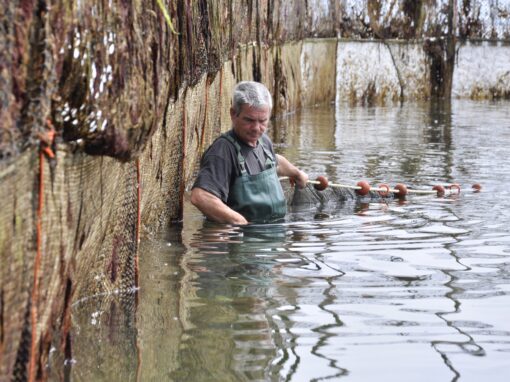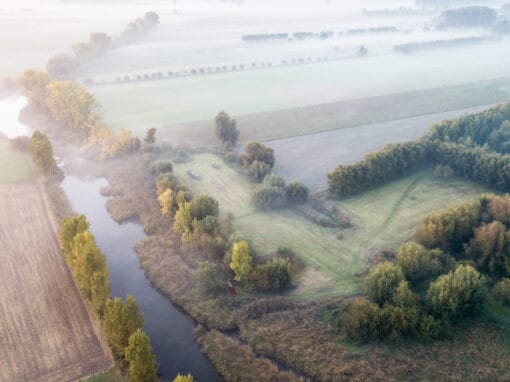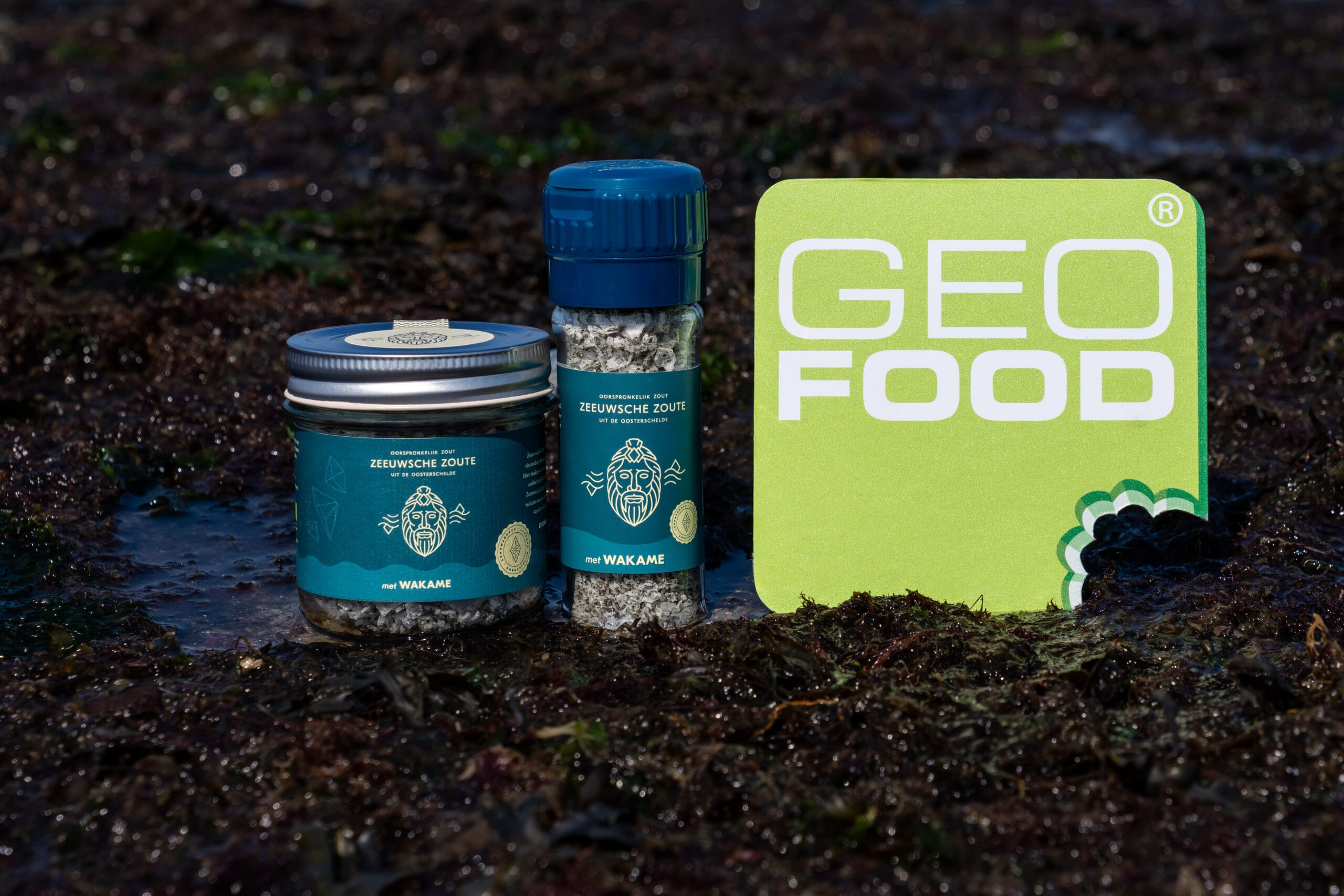UNESCO Global Geopark Schelde Delta is a cross-border Geopark in the Netherlands and Belgium covering 5,500 km² with 1.5 million inhabitants, and a a 50-million-year story of subsidence and uplift, sea level rise and fall and climate change. It also shows the alternately dominant and subordinate role of natural processes and the dominant human influence during the Holocene.
The crests around the Flanders Valley that show the first traces of periodic climate changes from 33 million years ago (the Rupilian Stratigraphy called after the River Rupel in our area) and Pleistocene erosion slopes are relative ripples in a sedimentary young landscape of sand, clay and peat.
A landscape characterised by a coastal plain where, in the past, through an alternation of ice ages and interglacials, the sea was distant and then close or even covered the area, where the river Scheldt now makes its way to the North Sea, aided by deeply carved estuaries that experience tidal ebb and flood movements of many metres.
Large parts of the area are characterised by wetlands (Ramsar, Nature 2000 sites) of intertidal areas, salt marshes, peat meadows and wet floodplains along the rivers further inland. This provides a great wealth of biodiversity. Because of its location at the mouth of the Scheldt, the area has an ancient history of ports and trading centres and fishing and fishing villages.
The soil, consisting of fertile clay, well-drained sand and organic matter-rich peat in combination with saltwater estuaries and freshwater streams, means that this area has a rich cuisine with salty delicacies and powerful crops.
Food, landscape, water, soil and geology are closely linked here.





